Different Types of E-commerce: A Comprehensive Guide
Customers and organisations now rely on digital. Due to its convenience, accessibility, and scalability, e-commerce has changed purchasing and selling.
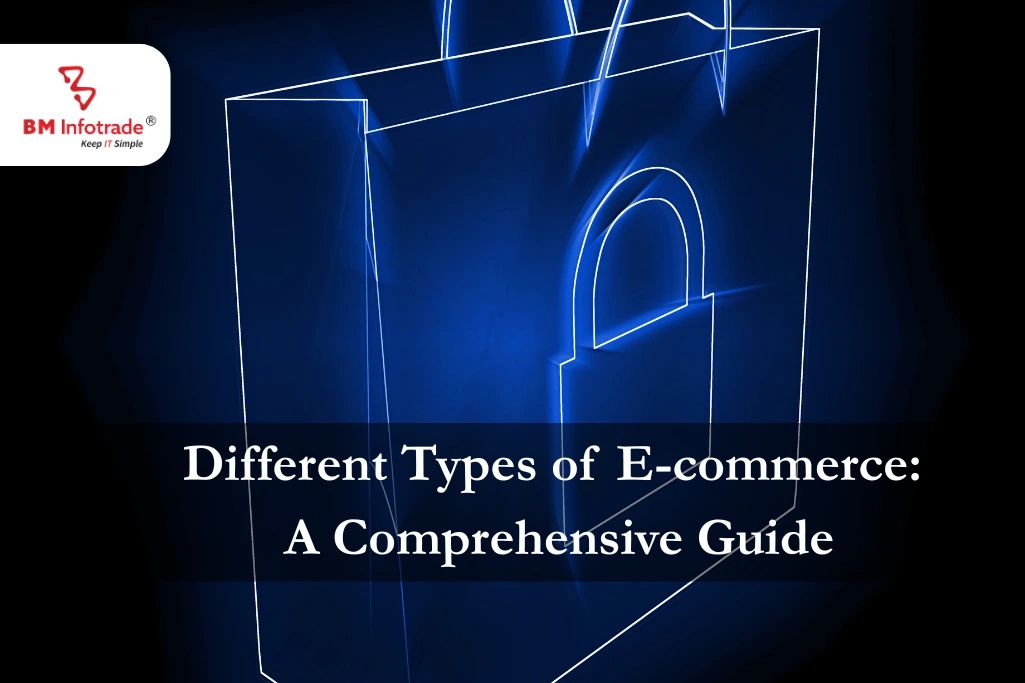
Different Types of E-commerce: A Comprehensive Guide
Table of Contents
- Types of E-commerce:
- Read More:-Workstation & CCTV-Your strongest wall of defense.
- Business-to-Consumer (B2C) E-commerce:
- Business-to-Business (B2B) E-commerce:
- Consumer-to-Consumer (C2C) E-commerce:
- Consumer-to-Business (C2B) E-commerce:
- Peer-to-Peer (P2P) E-commerce:
- Mobile commerce:
- Social Commerce:
- Omnichannel Commerce:
- In summary:
Customers and organisations now rely on digital. Due to its convenience, accessibility, and scalability, e-commerce has changed purchasing and selling. In a changing sector, businesses must grasp e-commerce kinds to establish their brand and streamline operations. E-commerce is complex, and this comprehensive guide defines its various forms, from the ordinary to the specialist, and explains their pros and disadvantages. Businesses may find growth, innovation, and long-term success in the virtual world by mastering these numerous types of electronic trade.
Types of E-commerce:
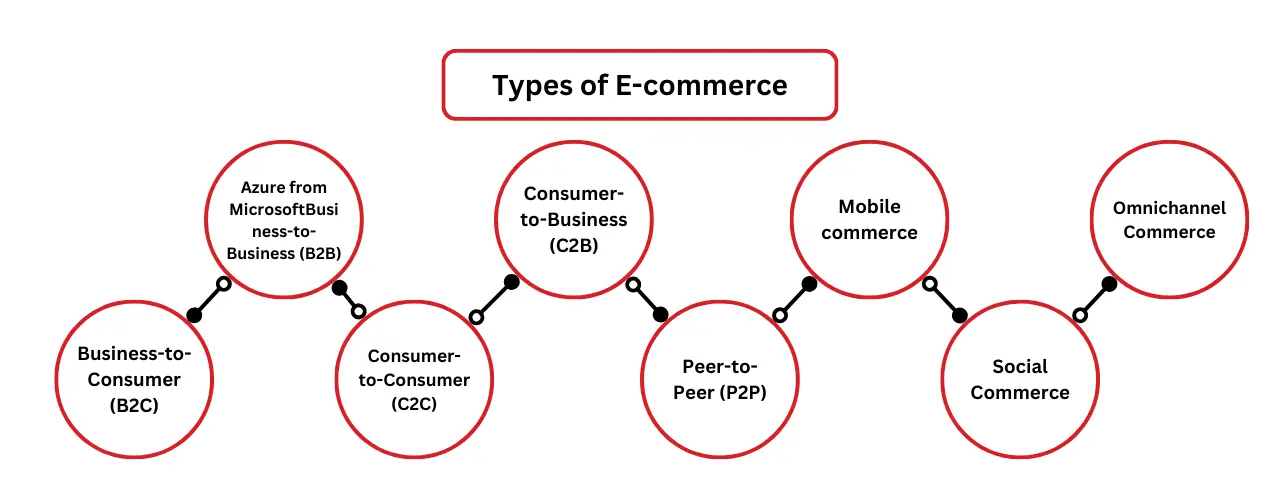
Read More:-Workstation & CCTV-Your strongest wall of defense.
Business-to-Consumer (B2C) E-commerce:
B2C direct marketing e-commerce involves business transactions. Walmart.com, eBay, and Amazon.com rule e-commerce.
Overview and Definition: Businesses selling goods and services online are called B2C e-commerce.
Examples: Amazon has the greatest online store variety, Walmart.com is Walmart's digital branch, and eBay links buyers and sellers.
Characteristics: B2C transactions include several products and services tailored to each consumer. Convenience, affordability, and great shopping are highlights.
Benefits: Customers shop B2C online anytime, anyplace. Companies may receive essential data for personalised marketing, minimise brick-and-mortar costs, and reach a global audience.
Challenges: B2C e-commerce faces severe competition, security challenges with online transactions, and the need for effective marketing and customer assistance. In a saturated sector, customer loyalty and trust may be tough.
Trends and Innovation: Voice commerce, AR for immersive buying, and data analytics for personalisation are B2C e-commerce advances. Influencers and social media boost sales and consumer engagement.
Business-to-Business (B2B) E-commerce:
B2B e-commerce involves companies trading products, services, and data. Examples include Global Sources, ThomasNet, and Alibaba.
Overview and Definition: B2B e-commerce involves corporations trading goods, services, and information online using specialist platforms.
Examples: Alibaba's global wholesale trade networks connect firms. ThomasNet offers industrial goods and services, whereas Global Sources matches buyers and suppliers.
Characteristics: B2B e-commerce involves larger orders, specialist products, and longer sales cycles than B2C. Building long-term partnerships and operating efficiently and cheaply are goals.
Benefits: B2B e-commerce boosts market share, decreases costs, and simplifies procurement. Order processing, inventory management, and supply chain transparency are simplified.
Challenges: Complex purchasing, personalisation, and personalised solutions are common in B2B e-commerce. Managing supplier and consumer relationships and building trust are also important.
Supply-chain management integration: Business-to-business e-commerce order fulfilment, inventory control, and logistics optimisation require supply chain management system integration. IoT and blockchain improve supply chain visibility and traceability.
Consumer-to-Consumer (C2C) E-commerce:
C2C e-commerce uses internet markets to enable client transactions. Examples: Etsy, Craigslist, eBay.
Overview and Definition: C2C e-commerce lets users buy and sell directly through internet platforms or marketplaces without businesses.
Examples: eBay, one of the oldest online auction sites, enables users sell items internationally. Craigslist lists local items and services, whereas Etsy sells handmade and antique things.
Characteristics: C2C transactions often entail personalised services, handmade goods, and secondhand goods. Cost-effectiveness, peer-to-peer transactions, and community-driven marketplaces are highlighted.
Benefits: Consumer-to-consumer e-commerce lets individuals buy unique or specialist items and clean their houses. Buyers and sellers feel empowered and connected.
Challenges: Quality control, dispute resolution, and trust and reputation management are C2C e-commerce challenges. A safe and reliable transaction platform is essential for long-term engagement and user confidence.
Management of Trust and Reputation: User ratings, reviews, and dispute resolution are crucial in C2C e-commerce platforms. Building trust and transactional integrity involves reliable user identity verification and fraud prevention.
Consumer-to-Business (C2B) E-commerce:
Using C2B e-commerce, freelancers, crowdsourcing, and UGC people sell goods and services to companies. Example: Upwork, Fiverr, Freelancer.com.
Overview and Definition: Customers or individuals sell freelancing or project-based products, services, or content to businesses on online platforms or marketplaces.
Examples: The prominent Upwork website links companies with marketing, graphic design, and web development freelancers. Writers, programmers, and video editors may post their skills on Fiverr for $5.
Characteristics: People aid B2B e-commerce enterprises with their talents, expertise, and innovation. This includes freelance work, consulting, and user-generated content licencing.
Benefits: C2B e-commerce offers flexibility and scalability for companies seeking temporary workers or specific talents. It offers cost savings, fast project completion, and global talent.
Challenges: Pricing transparency, quality control, and IP rights hinder C2B e-commerce. Businesses must manage project management, payment terms, and contract negotiation with individual contractors and suppliers.
Changing Workforce Dynamics: C2B e-commerce platforms are changing the employer-employee relationship, creating the gig economy and freelancing marketplaces. This move towards independent work arrangements both opportunities and challenges for businesses and people.
Peer-to-Peer (P2P) E-commerce:
P2P e-commerce sells directly to others via cooperative marketplaces or sharing economy platforms. Consider Airbnb, Uber, Turo.
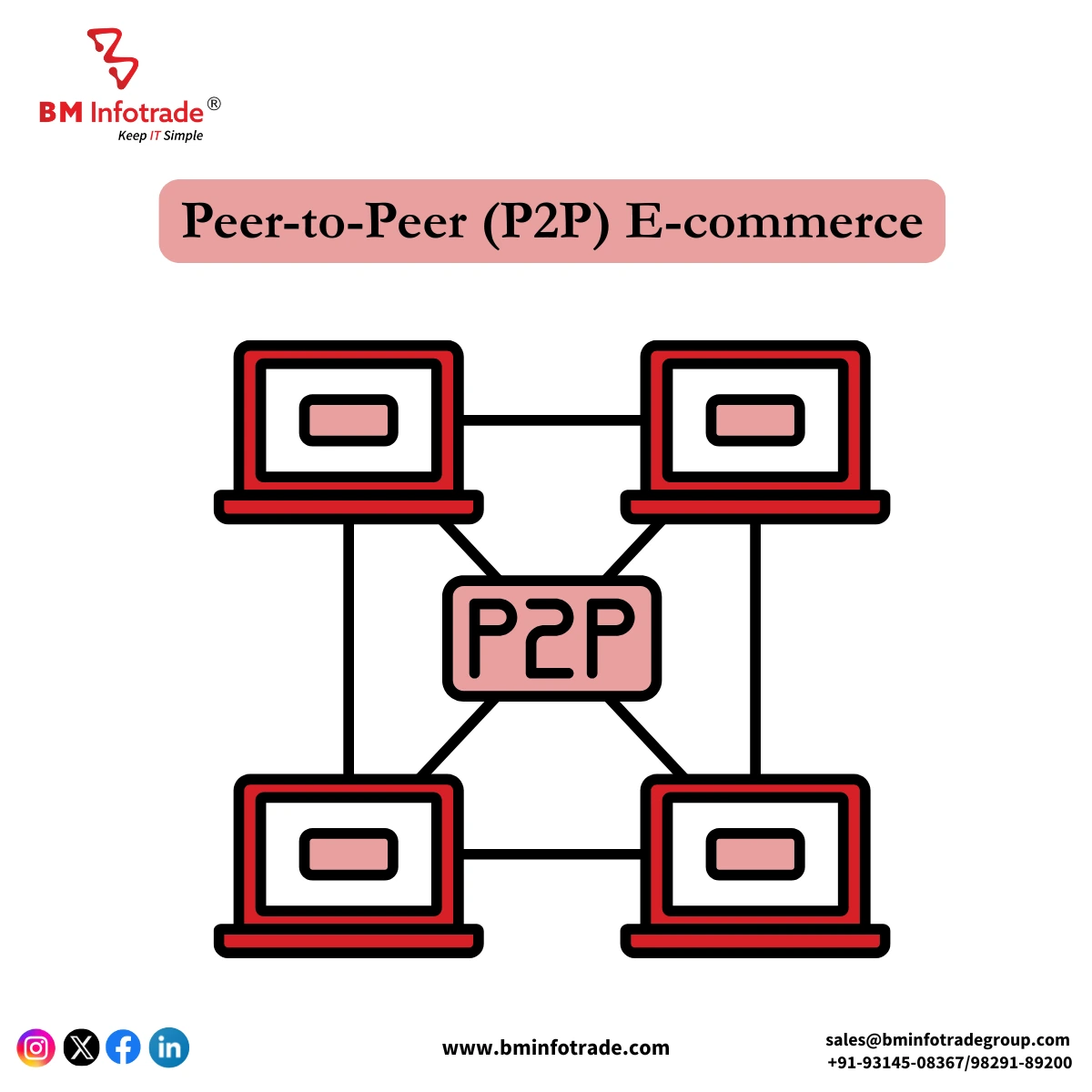
Overview and Definition: P2P e-commerce lets users sell, rent, or share goods and services over internet networks.
Examples: Airbnb lets homeowners rent their houses or extra rooms to tourists, creating a decentralised housing network. Uber links drivers and passengers, whereas Turo rents cars peer-to-peer.
Characteristics: P2P e-commerce sometimes uses housing, transportation, and personal items. Cooperative consumerism, waste reduction, and resource sharing are promoted.
Benefits: P2P e-commerce platforms offer on-demand solutions and lower-cost monetisation of underutilised assets. Cultural exchange, sustainability, and community engagement are promoted.
Challenges: Liability, safety, and regulatory compliance hinder P2P e-commerce. Platforms must manage insurance, trust, safety, and dispute resolution to ensure user confidence and regulatory compliance.
Regulating and Building Trust: P2P e-commerce platforms operate in a complex hotel, transportation, and banking regulatory framework. Maintaining a secure and compliant ecosystem demands legality and user confidence.
Read More: E-commerce security threats: Understanding Security Threats
Mobile commerce:
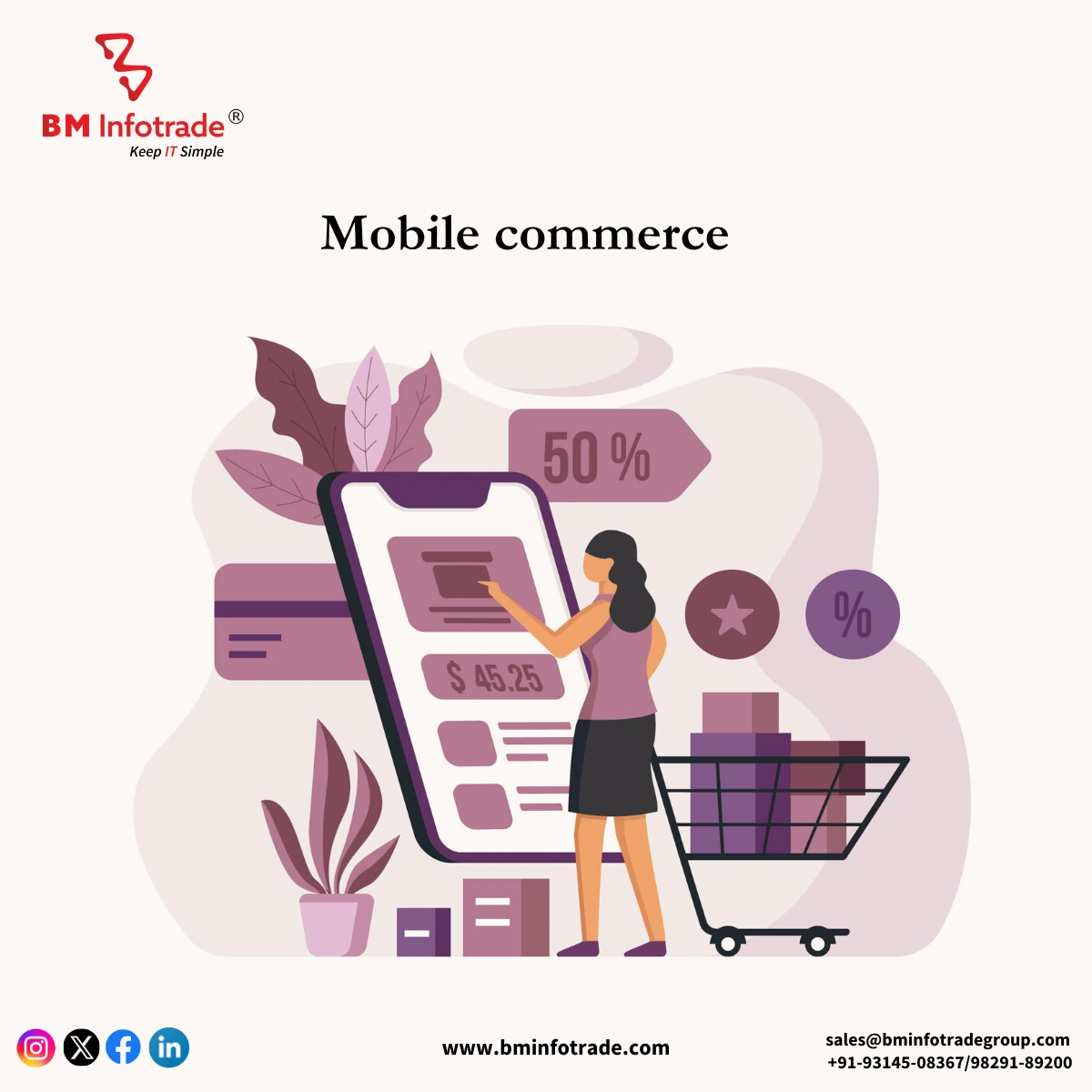
M-commerce employs mobile applications, mobile-friendly websites, and mobile payment methods to buy and sell goods and services. Retail shop smartphone apps including Apple Pay and Google Pay are examples.
Overview and Definition: Using tablets and smartphones to purchase, sell, and pay is dubbed "m-commerce".
Examples: Amazon, Walmart, and Target apps allow shoppers to shop and monitor things from their phones. Apple Pay, Google Pay, and Samsung Pay provide safe online and in-store phone payments.
Characteristics: The portability, convenience, and prevalence of m-commerce transactions allow users to buy whenever and wherever they choose. Mobile devices simplify shopping by functioning as a browsing and payment platform.
Benefits: M-commerce's unrivaled accessibility and convenience allow enterprises to reach customers on-the-go and capitalise on impulsive buying. It enhances shopping with customized suggestions, mobile-only bargains, and location-based services.
Challenges: Device compatibility, security, and UX are M-commerce's biggest difficulties. Businesses must make their websites and mobile applications safe, easy to use, and compatible with varied hardware and operating systems.
Growth and Future Outlook: M-commerce is growing rapidly due to smartphone use, mobile internet adoption, and mobile device technology. Mobile wallets, augmented reality shopping, and voice commerce will shape M-commerce.
Social Commerce:
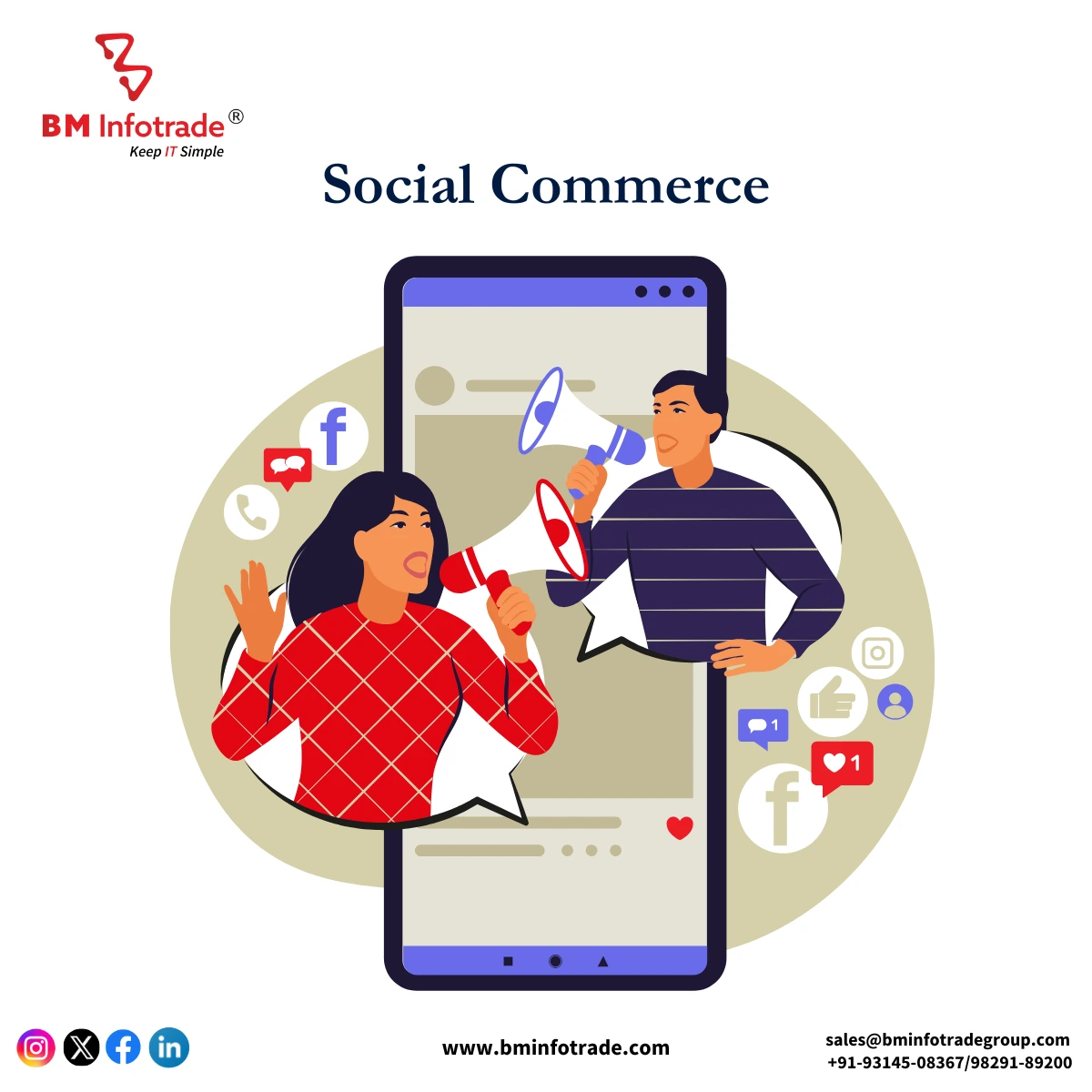
Social commerce lets consumers find, share, and buy items and services via social media and e-commerce. See Instagram Shopping, Facebook Marketplace, and Pinterest Buyable Pins.
Overview and Definition: Users may search, share, and buy items and services from their social network feeds via "social commerce."
Examples: Businesses may tag items in posts and stories using Instagram Shopping to allow direct app sales. Facebook Marketplace simplifies peer-to-peer trade, whereas Pinterest Buyable Pins enables direct purchase from Pinterest Pins.
Characteristics: Social commerce uses peer recommendations, user-generated content, and social network interactions to engage and simplify purchases. By blurring socialising and shopping, it creates personalised retail experiences.
Benefits: Businesses employ peer recommendations, influencer marketing, and user-generated content to boost sales using social commerce. It fosters community, user engagement, and brand recognition.
Challenges: Social commerce must reconcile user privacy, authenticity, and economic intent. Companies must address consumer confidence, sponsored content transparency, and social media reaction to be credible and satisfy users.
User Engagement and Influencer Marketing: Brand ambassadors and social commerce leaders, influencers help consumers locate and buy things. Businesses must engage with influencers and promote user participation to succeed in social commerce.
Omnichannel Commerce:
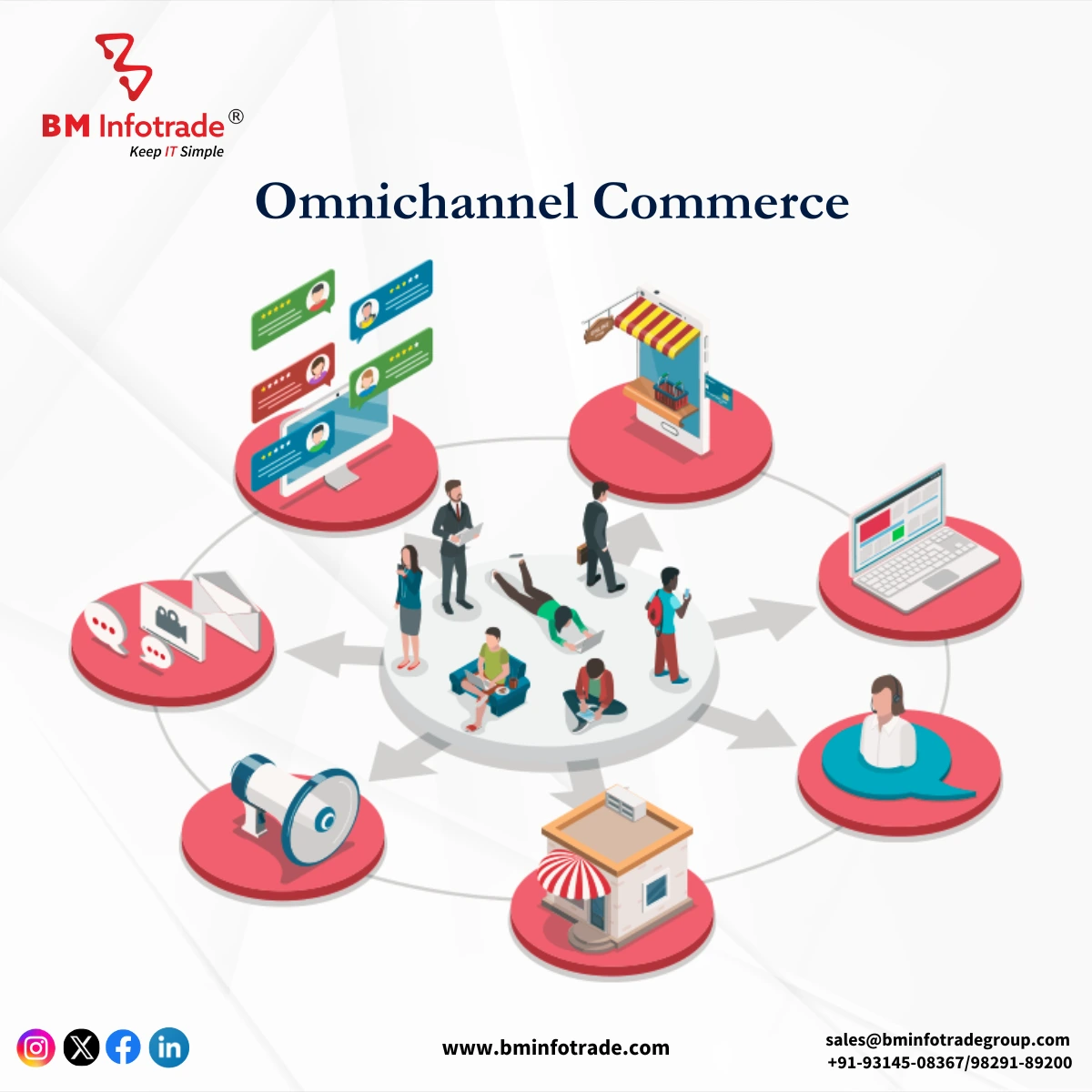
Omnichannel commerce integrates many sales and distribution channels to offer a consistent online and physical purchase experience. Online stores and click-and-collect services are examples.
Overview and Definition: Omnichannel commerce integrates online, physical, mobile, and social sales and distribution channels to create a uniform purchase experience across touchpoints.
Examples: Nike, Sephora, and Best Buy provide online shopping, in-store purchases, and mobile app suggestions. Click-and-collect clients buy online and pick up in-store.
Characteristics: Omnichannel Commerce lets customers transition between digital and physical channels effortlessly. Unifying brand experience, managing supply, and using data insights to enhance sales and customer loyalty are its goals.
Benefits: Omnichannel commerce offers customers greater choice, flexibility, and convenience when engaging with firms and making purchases. It allows companies to tailor customers' purchase experiences, target them at many touchpoints, and maximise sales across channels.
Challenges: Omnichannel Commerce's biggest challenges are technology integration, data integrity, and organisational alignment. Siloed operations, antiquated technology, and cultural barriers must be addressed for firms to achieve seamless integration and omnichannel experiences.
Integrating Technology and Data: Omnichannel commerce uses cloud computing, data analytics, and AI to streamline channel interactions. Companies may improve customer experiences, get significant insights, and grow with strong analytics and data integration expertise.
Read More: Basics of Network Technologies: Benefits of Networks
In summary:
All forms of e-commerce have possibilities and challenges. By embracing the unique qualities of each type of e-commerce, businesses can tailor tactics to meet changing client needs, capitalise on emerging trends, and build long-term digital connections.
By leveraging cloud computing, e-commerce businesses can scale effortlessly, enhance security, and drive seamless customer experiences. From handling traffic surges to enabling AI-driven personalization, the cloud empowers businesses to stay agile and competitive. As e-commerce continues to evolve, adopting cloud solutions and embracing digitization ensures operational efficiency, cost savings, and long-term digital growth. By integrating cloud-driven strategies, businesses can meet customer demands, capitalize on emerging trends, and build lasting relationships in the digital marketplace.

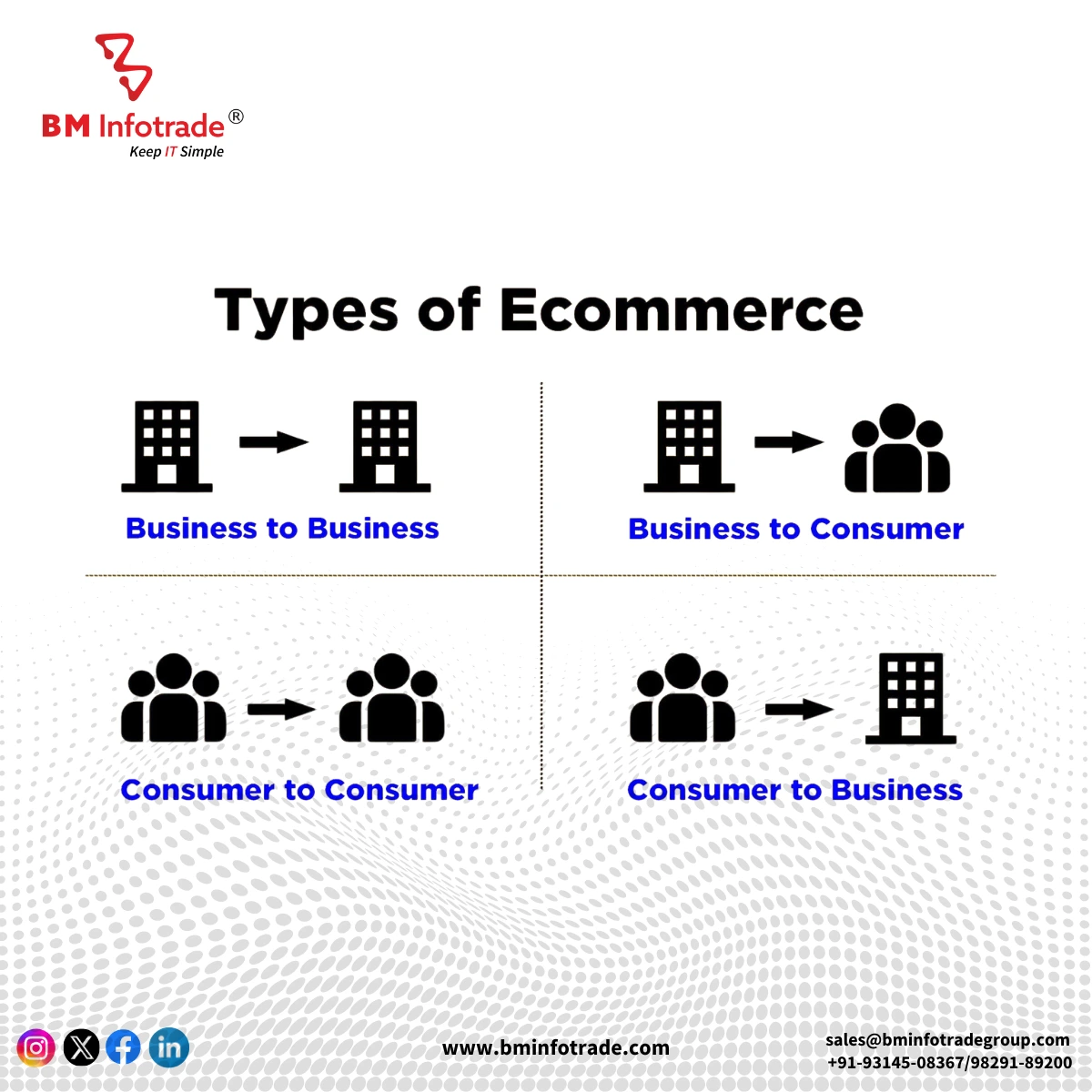
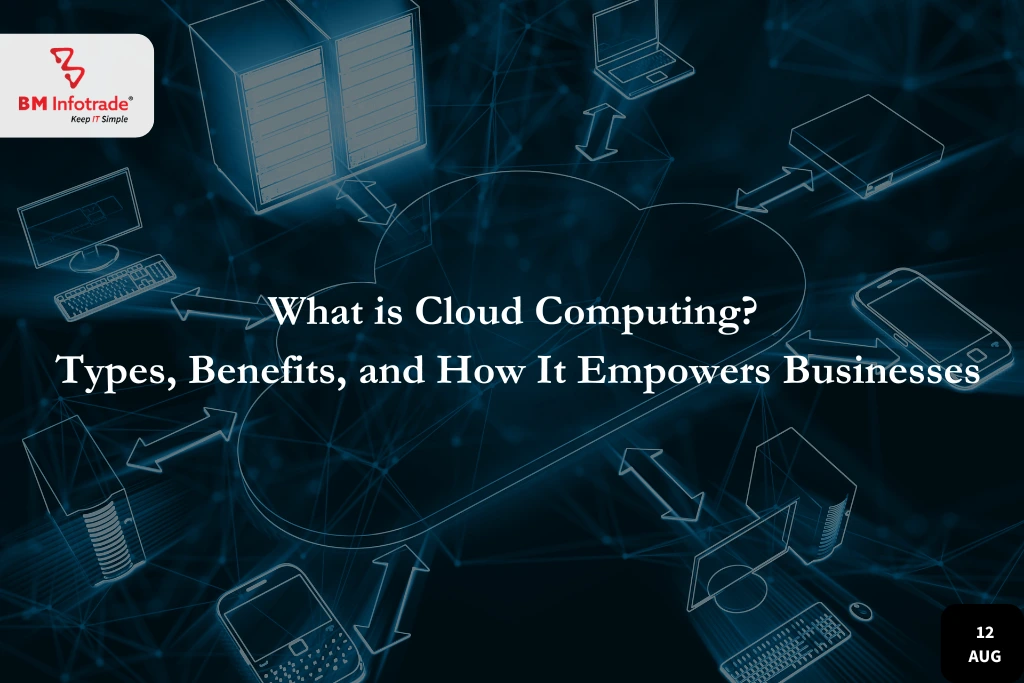

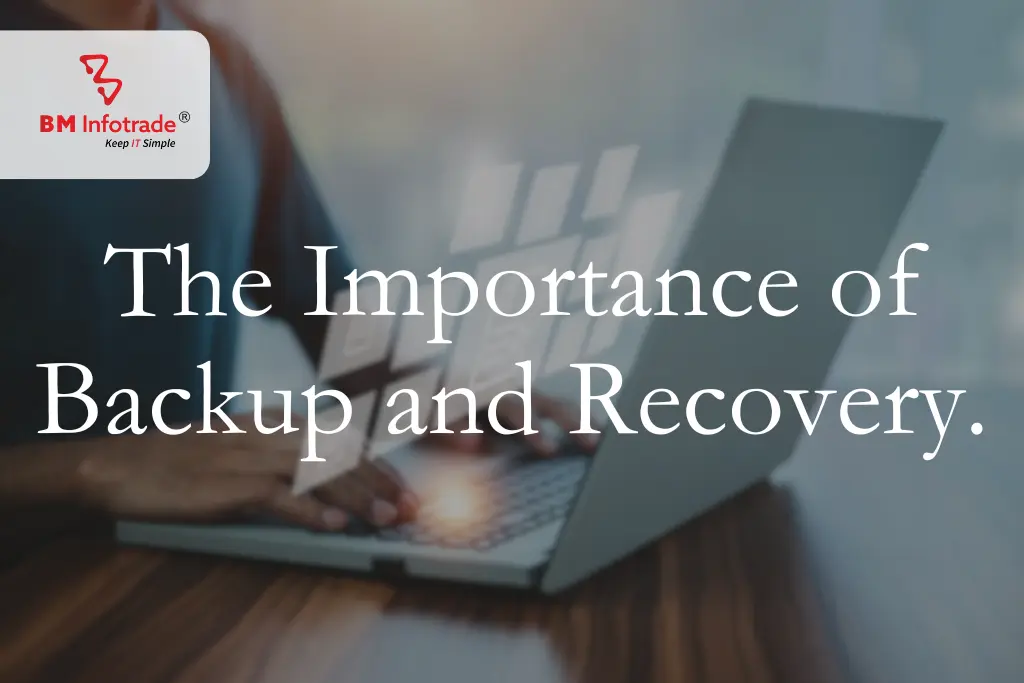
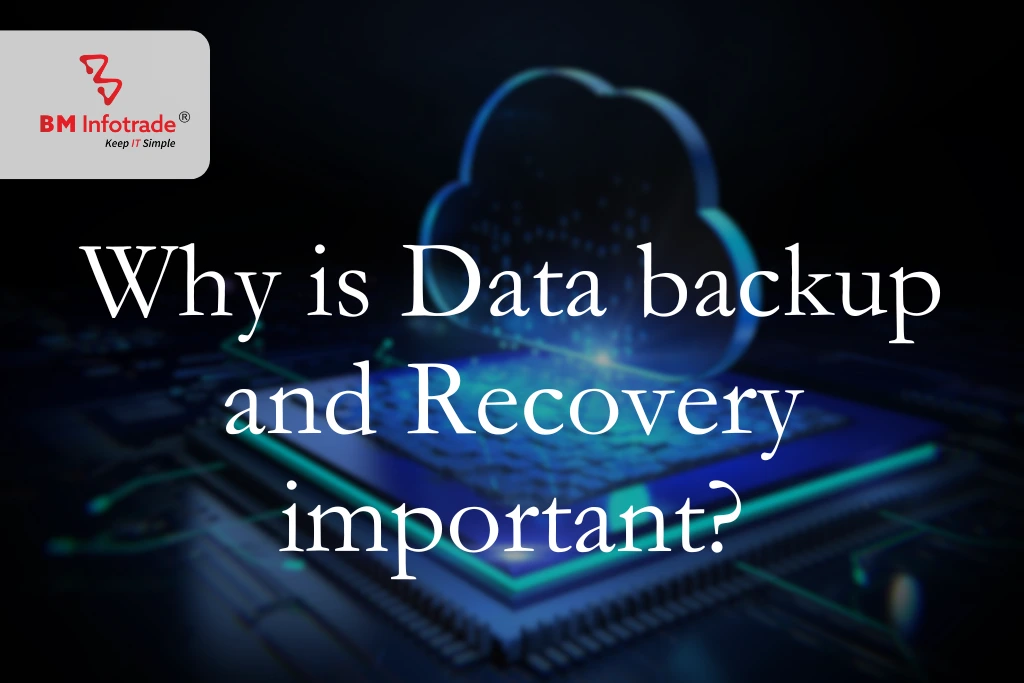
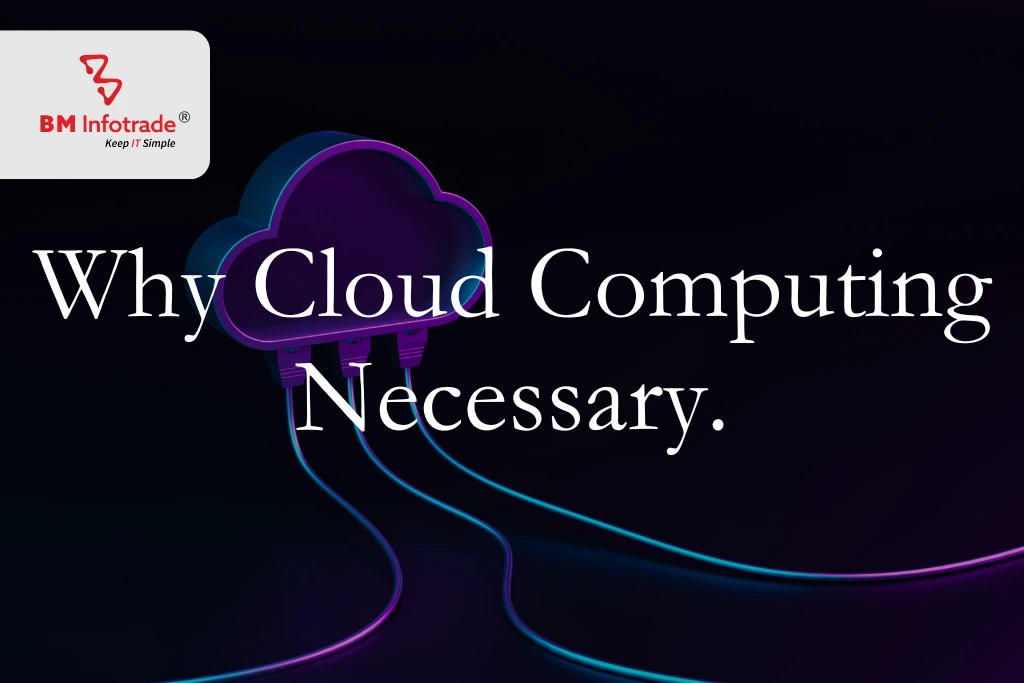
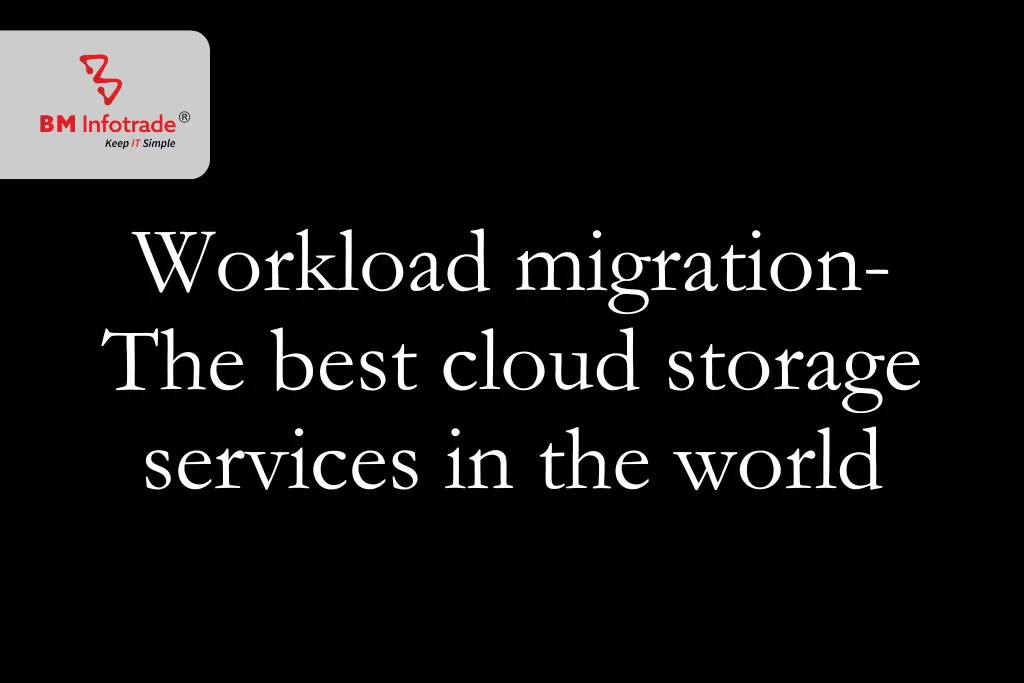
Anshul Goyal
Group BDM at B M Infotrade | 11+ years Experience | Business Consultancy | Providing solutions in Cyber Security, Data Analytics, Cloud Computing, Digitization, Data and AI | IT Sales Leader